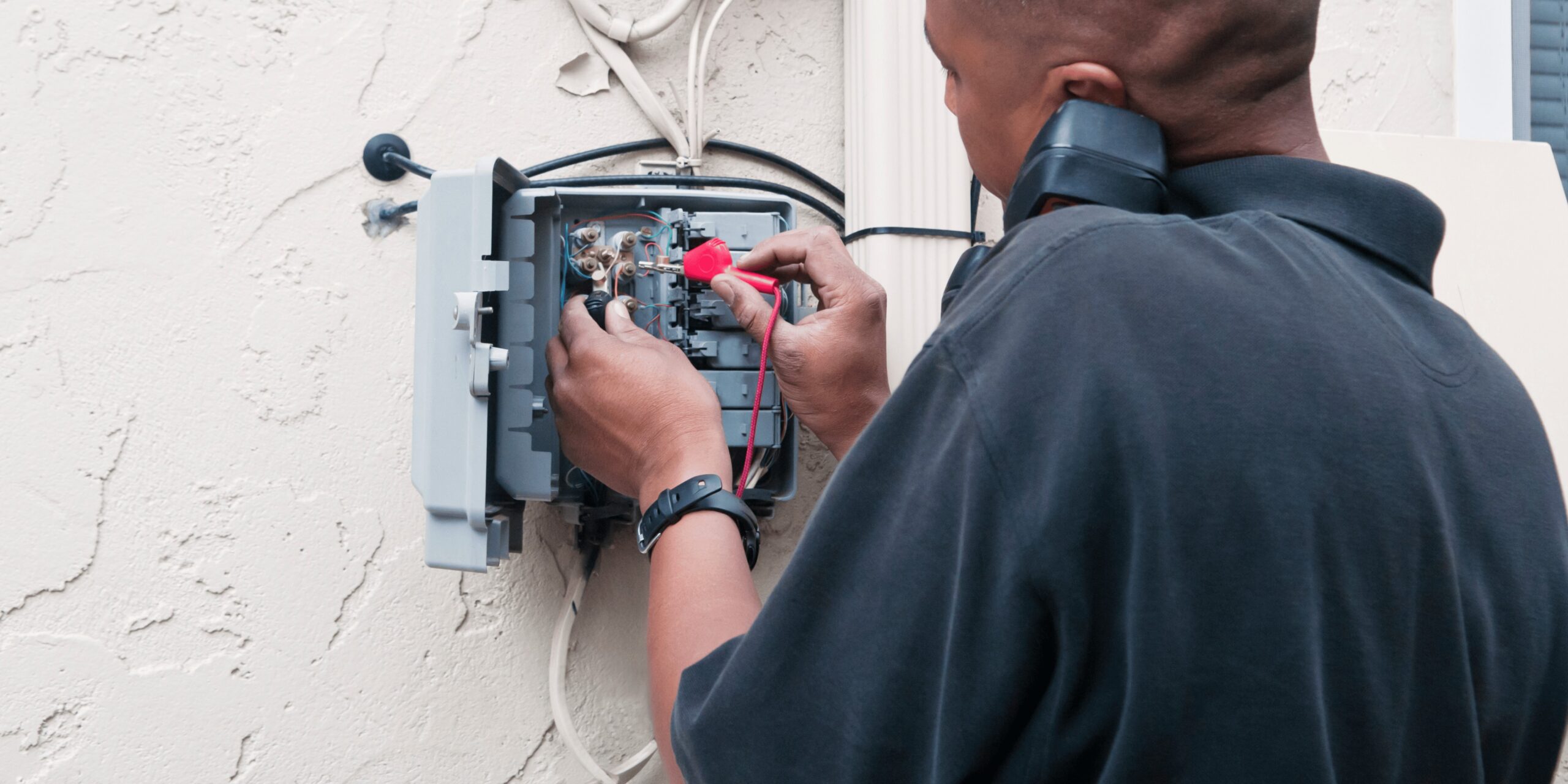Chapter 7: Scoping the Scene: Why Site Surveys Matter

POTS replacement is rarely a matter of plugging in a device and walking away. These are not residential lines. They power critical systems like elevators, fire panels, and security equipment where downtime is not an option. The installation process begins with a thorough site survey, which lays the groundwork for a successful cutover.
Why Surveys Come First
Traditional POTS lines carried their own power from the central office. That meant even during an outage, emergency phones or alarms stayed connected. Replacement solutions must replicate this reliability through battery backup and independent connectivity. A survey ensures that the installation plan accounts for signal strength, electrical supply, and physical space before any equipment is mounted.
Skipping this step risks costly return visits and, more importantly, service that may not meet compliance for life-safety lines. Surveys give both the reseller and the customer confidence that the new system will work as intended the first time.
What Technicians Evaluate
During a site survey, a certified telecom professional inspects the customer’s telecom room and documents several critical factors:
- Location and Access: Identifying the demarcation point, confirming there is secure wall space for equipment, and ensuring continuous power not tied to switches.
- Signal Strength: Measuring LTE signal levels (RSSI, SINR, RSRQ, RSRP) across multiple carriers to determine if additional antennas are needed.
- Line Mapping: Tracing and tagging every POTS line from the demarcation point to its endpoint, noting whether each line is active and what it supports (e.g., main voice, rollover, elevator, fax, DSL, or fire panel).
- Equipment Documentation: Recording the make, model, and type of all connected endpoint equipment to ensure compatibility during cutover.
These details form the installation plan, reducing guesswork and avoiding surprises when technicians return with hardware in hand.
Modularity in Action
One of the advantages of TELCLOUD’s design is its modular approach. If a telecom room has poor LTE signal (which is very common in basements or shielded spaces where the equipment is often stored) the survey identifies alternate mounting locations where coverage is stronger. With modular hardware, technicians can extend the antenna or relocate a router within 300 feet of the telco room without disrupting the rest of the deployment.
This flexibility avoids the “all-or-nothing” problem that comes with closed-box solutions. Instead of abandoning a location with weak signal or forcing the customer into costly rewiring, resellers can deploy the right combination of modules: local equipment in the telecom room paired with an antenna or router placed where LTE reception is strong. The result is better performance, fewer failed installs, and a more reliable customer experience.
From Survey to Installation
Once the survey is complete, installation can often follow immediately, provided the conditions are suitable. The same technician may perform both tasks, using the survey as a checklist. The process includes mounting the LTE device, connecting identified lines, testing battery backup, and verifying dial tone and reliability across every circuit.
For resellers, this step is not only about technical accuracy but also about customer assurance. A well-executed survey demonstrates professionalism and builds trust that the installation will support critical communications without interruption.
Professional Standards
POTS replacement is not a do-it-yourself project. Certified technicians follow a defined scope of work that covers safety, compliance, and performance standards. TELCLOUD partners may either rely on our network of trained installers or have their own teams certified on our process. In either case, adherence to the survey and installation checklist is essential for long-term reliability.
Installation and site surveys are the quiet work behind a smooth transition. They ensure that the promise of modern connectivity is matched by practical readiness: the right power, the right signal, the right cutover. For resellers, insisting on this step prevents missteps that could erode customer trust. For customers, it ensures their critical lines remain protected, even when the unexpected happens.
